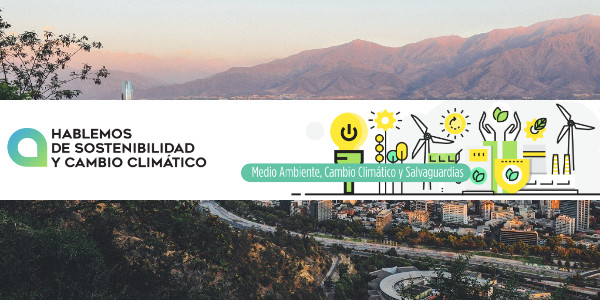
Chile issued the first sovereign green bond of the American Continent on June 17th and marked a turning point for the Latin American region. With a USD 1.4 bn at 3.5% interest rate and dollar-denominated, the bond was overwhelmingly received by international investors and ground-breaking in several ways. More than 300 investors expressed interest for the transaction at an order book of almost USD 7 bn and with the lowest interest rate that Chile has ever paid. One week after, Chile issued a Euro-denominated tranche of the bond, with similar success in terms of excess-demand and historically low-interest rates.
Despite such very positive market response, Chile is among the few countries that have issued a sovereign green bond – an instrument launched in the market less than three years ago, and yet not very common in the toolkit of treasury officials for the financing of public expenditures. At the IDB, we believe sovereign green bonds could represent an interesting opportunity for many countries in the region to canalize domestic and international capital markets towards sustainable investments, and the successful issuance of the region’s first sovereign green bond highlights many of its benefits:
Diversification of the investors’ base: a significant share of investors’ demand for green bonds comes from dedicated institutional investors (responsible investment funds, green funds) based in markets such as Europe and United States, where interest rates are still at historically low levels. It follows that such investors are looking with increased interest to new issuers, especially in emerging economies and developing markets where the yields can be significantly higher. As in the case of Chile, this can result in a sovereign green bond issuance that attracts a significant number of international investors who are investing for the first time in the country, and that can create an excess demand driving down the interest the country has to offer: a substantial portion of the issuance was bought by dedicated green investors (76% of the EURO issuance; 35% of the USD issuance) with a very large prevalence of European and North American investors, where green and responsible funds are becoming more relevant year over year.
1. Direct mobilization of investment capitals towards green and sustainable activities.
Meeting international climate commitments to effectively combat climate change requires that a significant of financing be directed towards investments and activities that mitigate/reduce carbon emissions or support adaptation to a changing climate. The issuance of sovereign green bond allows a government to directly tap capital markets to finance such commitments, linking financing sources with specific policy measures (projects, subsidies, fiscal incentives). Besides, the transparency and reporting framework of the green bond ensures the priority of such policies in the budget allocation and de facto warrants investors that funding for such activities will be secured as the bond proceeds are disbursed. In the case of Chile, the green bond is a central instrument for the financing of the 2017-2022 National Action Plan for Climate Change, and it will finance several measures contained in the Climate Change Adaptation and Mitigation Plan for Infrastructure Services, and the National Strategy for Electro Mobility.
2. Coordination between ministries and transparency in the management of public expenditures.
The development of a green bond framework helps to strengthen the dialogue between ministries of finance and ministries of environment, ensuring climate and environmental policies have the appropriate funding and that, on the other side, they achieve their goals and results. At the same time, the process of structuring the green portfolio supports a dialogue between sectorial ministries and finance to identify and prioritize expenditures, as well as commit to report on their progress and impacts.
3. Support the creation of green capital markets
Providing institutional investors with high volume, investment grade and liquid green securities that have the potential to stimulate the creation of more green investment vehicles. In Latin America, interest for responsible and green investment has been rising: the Principles for Responsible Investment (PRI) count now 70 signatories, while at national level, 57 investors in Mexico with assets of USD 214 billion signed in 2017 a declaration in favor of green bonds as an investment opportunity; and this year in Chile 10 of the largest investors in the country and Bolsa de Santiago signed a declaration of commitment towards sustainable investments and integration of environmental and climate factors in their investments.
The IDB supported Chile in the issuance of the first green bond and is hoping to work with other Latin American countries to further develop the sustainable capital markets of the region. To this end, with the recently launched Regional Green Bonds Program for Latin America and the Caribbean the IDB supports interested countries (and prospective public sector issuers) in the evaluation of this opportunity, the structuring of the green bond package and, when need, and the financial profile of the securities via risk transfer and credit enhancement instruments. The rising demand for sustainable assets will need to find an appropriate supply of green and sustainable investment opportunities and with eight countries of the region with high quality credit profile and regular issuers of bonds, sovereign green bonds represent a significant untapped potential even in the short term, to further develop the sustainable capital markets of the region.








 Stay updated on the latest trends of Green Finance
Stay updated on the latest trends of Green Finance

